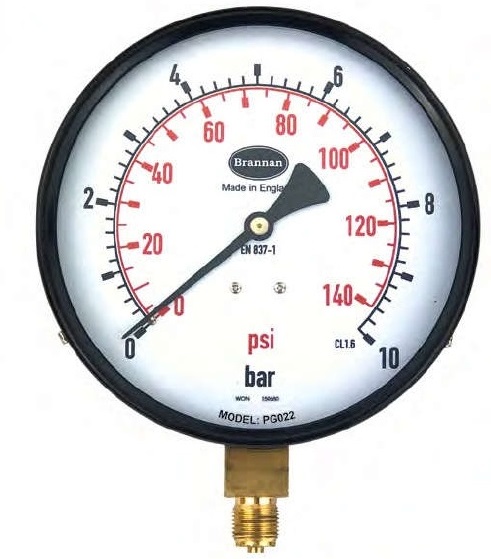A pressure gauge is a measuring instrument used to quantify and display the pressure exerted by a fluid (liquid or gas) within a closed system. Here’s a comprehensive description of this product:
Design and Components: A typical pressure gauge comprises several essential components:
-
- Dial Face: It displays the pressure readings in units such as pounds per square inch (psi), bars, kilopascals (kPa), or other pressure units.
- Pointer: This moves along the dial face to indicate the measured pressure.
- Casing: Usually made of metal or plastic, housing the internal components and protecting the gauge from external damage.
- Bourdon Tube or Sensor: The core sensing element responsible for measuring pressure. In mechanical gauges, a curved Bourdon tube reacts to pressure changes, while digital or electronic gauges use sensors like strain gauges or piezoelectric elements.



